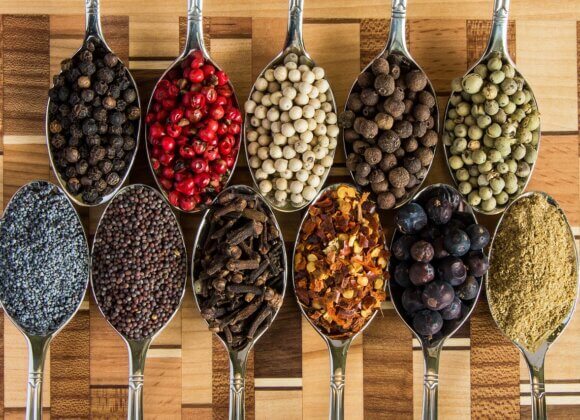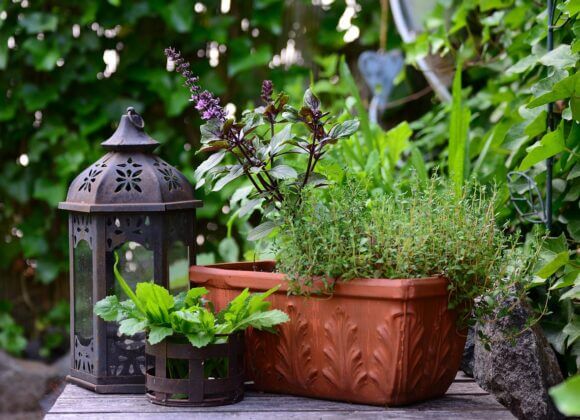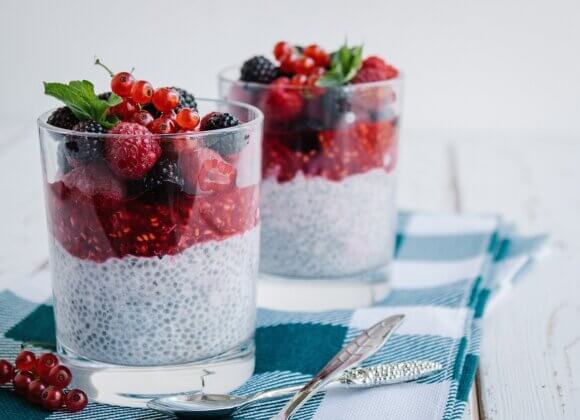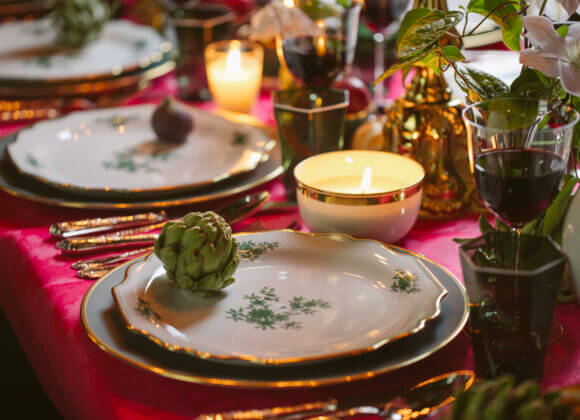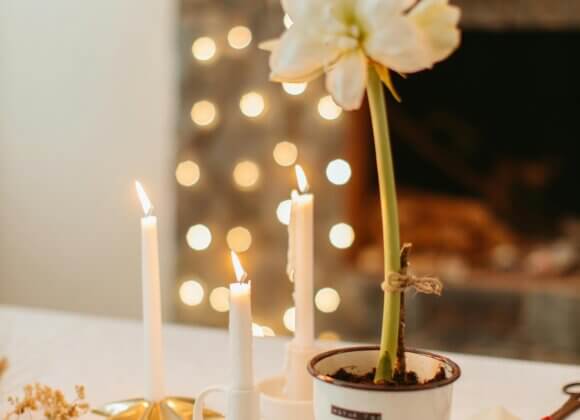Whether elderflower, raspberry or lemon – homemade syrups are aromatic summer companions. But what goes into them, how do they keep, and does it always have to be sugar?
Just a few decades ago, homemade juices and syrups were a staple part of food storage. Whatever the garden had to offer was boiled down – usually with lots of sugar and a rather rustic taste. Today, the trend is moving in a new direction: clearer flavors, less sugar, fresh combinations. Herbs, citrus notes, spices and a finely tuned balance characterize modern summer drinks.
The difference? It’s the technology: today, fruit is often only briefly heated or cold macerated to preserve vitamins and flavors. And instead of pure sugar syrups, the focus is on syrup concentrates with culinary appeal.
Which fruits and herbs are suitable for syrups?
There are hardly any limits to the imagination – but there are still favorites. Optimal for syrup production are:
- Berries: Raspberry, currant, elderberry
- Stone fruit: apricot, peach, plum
- Citrus fruits: lemon, lime, orange (organic!)
- Herbs & flowers: mint, rosemary, lemon balm, lavender, elderflower
Important: The riper the fruit, the more intense the flavor. Fruits with little flavor of their own, such as melon or pear, need enhancers (e.g. lemon juice or herbs).
Sugar – preservative and flavor carrier
Sugar in syrups not only has the task of sweetening. It also preserves by removing water, carries flavours and stabilizes them, as well as giving the juice its typical syrup consistency (viscosity).
The recommended basic rule for shelf life is: 1 part sugar, 1 part water, 1 part fruit. If the sugar content is higher, it can be stored for months. If you want to reduce sugar, you should consume the syrups within 1-2 weeks or freeze them in portions.
Alternatives to classic household sugar
Sugar substitutes are possible – but with limitations in terms of shelf life:
- Honey: aromatic and antibacterial, but not vegan
- Agave syrup or maple syrup: liquid, aromatic, but less preservative
- Xylitol (birch sugar) or erythritol: easily soluble, but without preservative effect
Tip: If you want to avoid sugar, you should freeze the syrup in small portions immediately after making it or prepare only small quantities in advance.
Which closures are ideal for syrup bottles?
Choosing the right closure is crucial for the shelf life and safety of homemade syrups. The following are recommended:
1. swing top bottles (with rubber ring):
- Tight, reusable, visually charming
- Ideal for syrups that are opened regularly
- Tip: Replace the rubber ring regularly and allow to dry thoroughly after rinsing
2. screw cap:
- Filled hot, draws vacuum-tight when cooled
- for larger quantities and longer storage
- Hygienic and reliable, but cannot be reused an unlimited number of times
3. cork or pressed cork:
- only suitable to a limited extent – they let air through
- nice for short-term gifts, not for long-term storage
- Caution: Risk of mold growth during prolonged storage
Conclusion: For long-lasting, hygienically clean syrups Screw caps or swing tops with a rubber ring are the best choice. Both should be sterilized before filling.
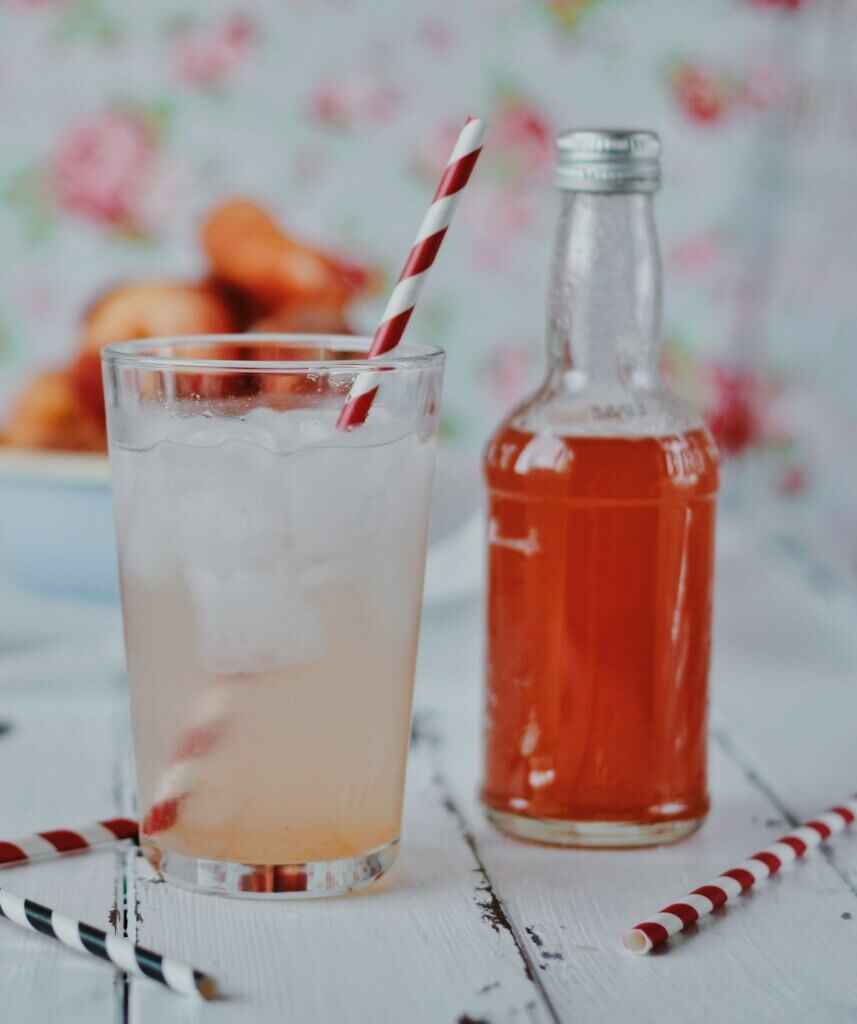
3 summer syrups with storage potential
Elderflower syrup – the classic
Ingredients for approx. 2 liters of syrup:
- 30-40 elderflower umbels
- 1.5 kg sugar
- 1.5 liters of water
- 3 organic lemons (sliced)
- 30 g citric acid (from the pharmacy)
Preparation:
- Carefully shake out the flowers (do not wash), mix with lemon slices, water and citric acid in a glass or earthenware pot.
- Leave to infuse for 48 hours in a cool, dark place.
- Strain, boil the extract with sugar, pour hot into sterile bottles and seal well.
Shelf life: store in a cool, dark place for approx. 6 months. Store in the refrigerator after opening.
Raspberry and rosemary syrup – fruity and spicy
Ingredients for approx. 750 ml:
- 500 g raspberries
- 500 g sugar
- 250 ml water
- Juice of 1 lemon
- 2 sprigs of fresh rosemary
Preparation:
- Bring the water and sugar to the boil until a clear syrup is formed.
- Add the raspberries and rosemary, simmer for 5 minutes, stir in the lemon juice.
- Pass through a fine sieve and bring to the boil again.
- Fill hot into sterilized bottles.
Shelf life: unopened 4-6 months, once opened store in the refrigerator for 3 weeks.

Lemon and mint syrup – summery and fresh
Ingredients for approx. 1 liter:
- 5 organic lemons (juice and zest)
- 500 g sugar
- 500 ml water
- 1 handful of fresh mint leaves
- 10 g citric acid
Preparation:
- Bring the water, sugar and lemon zest to the boil.
- Add the mint and citric acid, leave to infuse for 10 minutes.
- Stir in the lemon juice, strain, reheat.
- Pour hot into sterile bottles.
Tip: For more color, add a few peppermint leaves to the dish to give it a delicate green hue.
Cold preparation without boiling – is that possible?
Yes – so-called cold macerates or shrubs (vinegar fruit extracts) do not require heating. However, they only have a short shelf life (max. 1 week in the fridge) and should be processed hygienically.
Important:
- Clean working
- Sterile vessels
- Always close well
Checklist: How to preserve your syrups for a long time
- Rinse bottles with boiling water before filling or sterilize in the oven at 120 °C
- Fill the syrup boiling hot, seal airtight immediately
- Store in a cool, dark place (not in the sun!)
- Store in the refrigerator after opening
- Always freeze syrup with reduced sugar content or consume quickly
- Cloudiness or mold growth? Better to dispose of
Whether fruity, herbal-spicy or lemon-fresh – with homemade syrups you can bring the flavors of summer into your glass even on cooler days.
Related posts:


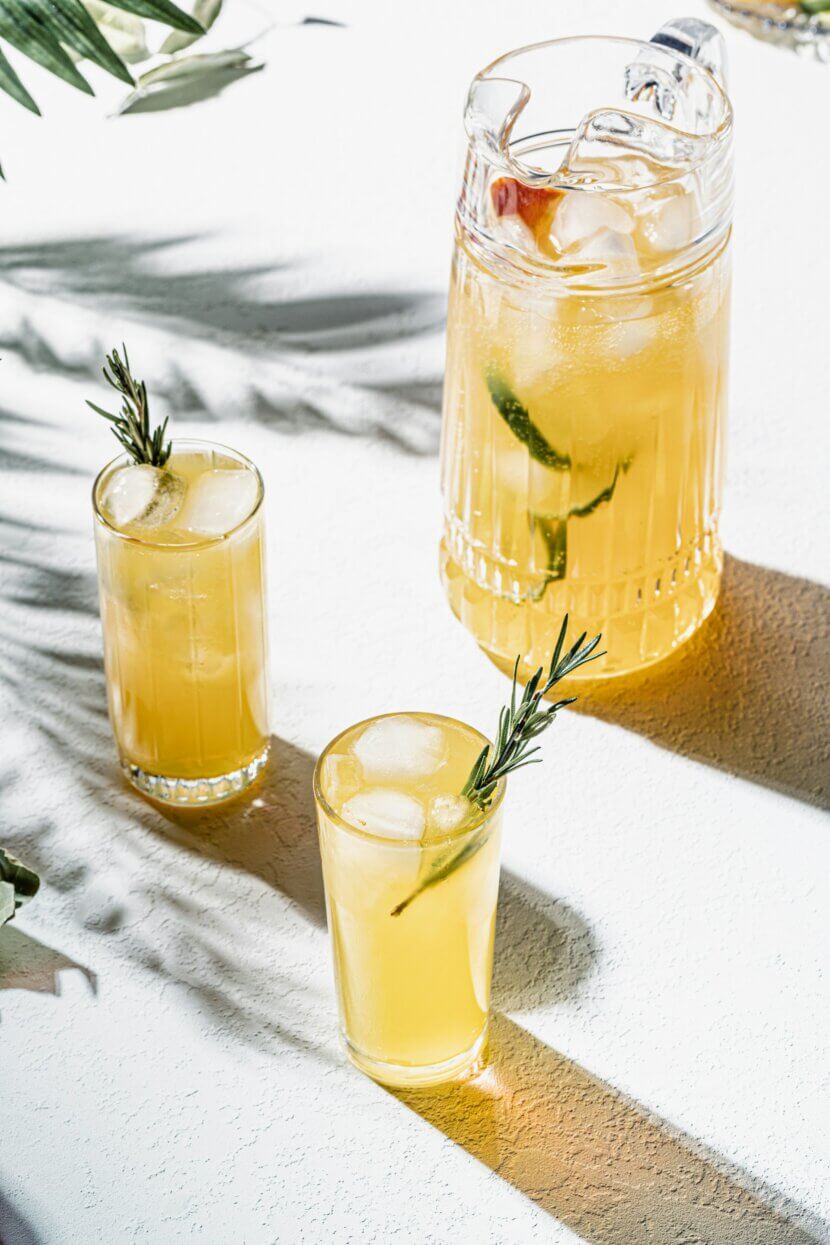
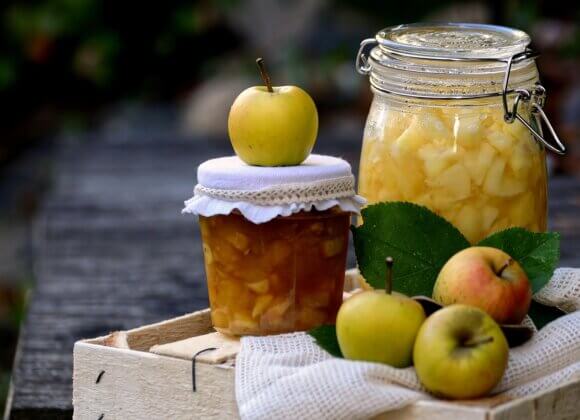

![Home cooking reloaded incl. competition Christoph_Krauli_Held©Monika_Loeff_19285[1]](https://myhome.at/wp-content/uploads/2025/09/Christoph_Krauli_Held©Monika_Loeff_192851-580x420.jpg)
